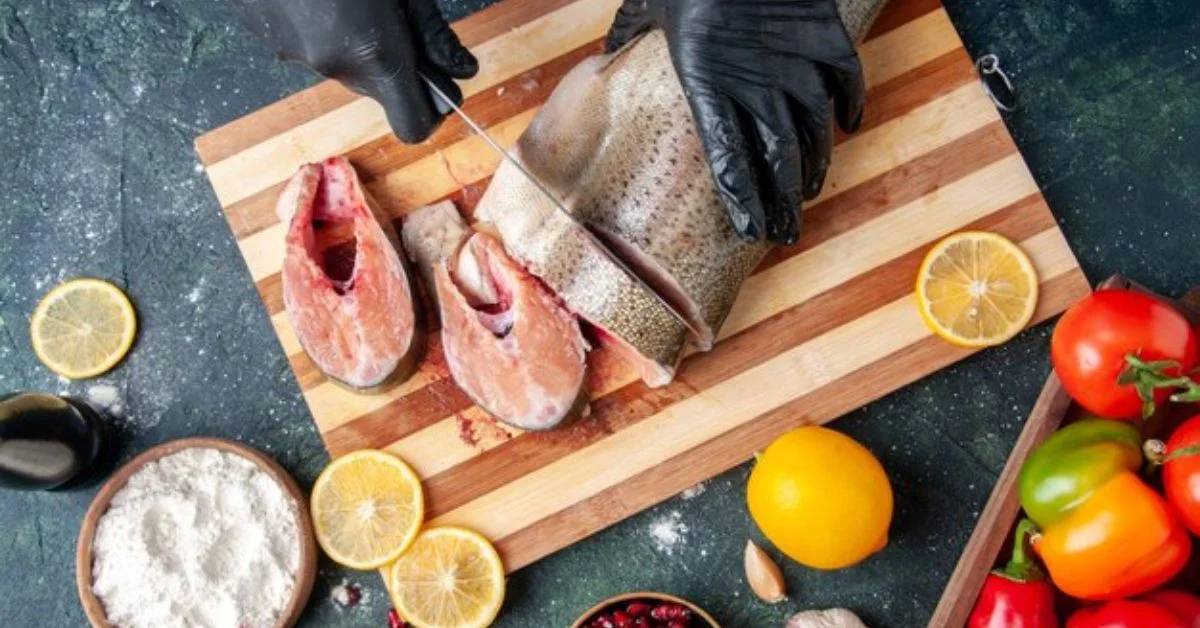Fish owners everywhere know that a healthy fish is a happy fish, and one of the best ways to ensure their health is by providing high-quality food. While there are countless commercially available fish, making fish food at home can be both cost-effective and tailored to the specific needs of your fish. With the right ingredients and preparation, you can make fish food that ensures your aquatic pets get the right nutrients without artificial additives. This article covers an easy-to-follow fish recipe, tips for preparing different kinds of fish food, and answers to common questions about what to feed small fish at home.
Benefits of Homemade Fish Food
- Nutritional Control: Homemade fish food allows you to control the ingredients and, therefore, the nutritional content.
- Cost-Effectiveness: By using basic ingredients, you can save on the cost of specialty fish foods.
- Customization: You can tailor the food to meet the specific dietary needs of different types of fish.
Types of Homemade Fish Food
1. Vegetable-Based Fish Food
Many herbivorous and omnivorous fish benefit from a diet rich in vegetables. Vegetables are packed with vitamins and minerals that are beneficial for fish.
Ingredients:
- Peas, spinach, and carrots
- Gelatin (to bind the food)
- A small amount of fish oil for essential fatty acids
Instructions:
- Steam the vegetables until soft, then blend until smooth.
- Dissolve gelatin in warm water and mix with the vegetable paste.
- Allow the mixture to cool and cut it into small fish-friendly portions.
Feeding Tips:
- Feed vegetable-based fish food 2-3 times per week alongside other fish for a balanced diet.
Note: This is one of the best fish recipes for herbivorous fish, as it provides necessary fiber and vitamins.
2. Protein-Based Fish Food
Protein is essential for carnivorous fish like bettas, angelfish, and other predatory species.
Ingredients:
- Raw shrimp, fish fillets, or other seafood
- Spinach or peas for added fiber
- Gelatin
Instructions:
- Blend the raw seafood and greens until smooth.
- Add gelatin to warm water and mix with the seafood puree.
- Cool the mixture, then cut it into bite-sized portions for feeding.
Feeding Tips:
- Protein-based fish food should be fed sparingly to prevent overfeeding and potential water contamination.

3. Balanced Fish Food Recipe
A balanced recipe combines protein, carbohydrates, vitamins, and minerals.
Ingredients:
- Shrimp or fish fillet for protein
- Vegetables such as carrots and peas
- Spirulina powder for enhanced color and health
- Gelatin to bind
Instructions:
- Blend all ingredients into a smooth paste, mix in gelatin, and let it set.
- Once firm, cut into pieces for easy feeding.
Benefits:
- This is the best fish food recipe for providing a well-rounded diet, suitable for a variety of freshwater and saltwater fish species.
Feeding Small Fish: Homemade Options
When it comes to small fish, such as tetras or guppies, it’s essential to provide food that’s easy to eat and digest. Here are a few options:
Infusoria Cultures
Small fish and fry often consume tiny organisms like infusoria. To grow infusoria:
- Place a piece of lettuce in a jar of water and leave it in indirect sunlight.
- Within a few days, infusoria will grow and can be used as a natural food source for young fish.
DIY Micro-Worms
Micro-worm cultures are an excellent protein source, especially for small fish and fry. These can be purchased or cultivated by fish owners at home.
Essential Ingredients for Fish Health
To make the best fish food recipe possible, include ingredients that support specific health needs:
- Protein: Fish, shrimp, and insects provide essential protein.
- Fiber: Fiber-rich vegetables, like peas and spinach, aid in digestion.
- Essential Fatty Acids: Fish oil helps maintain skin and fin health.
- Carotenoids: Ingredients like carrots and spirulina enhance coloration.
How to Store Homemade Fish Food
Homemade fish food can be stored in the refrigerator for up to a week or frozen for up to 6 months. Freezing the food in small portions makes it easy to defrost only what you need for each feeding session.
Common Questions (FAQs)
What are the easiest fish food recipes to start with?
Vegetable-based fish is an easy recipe to start with, especially for herbivorous and omnivorous fish. Peas and carrots provide an excellent balance of nutrients and are simple to prepare.
Is it safe to make fish food at home?
Yes, making fish food at home is safe as long as you use fresh, high-quality ingredients and avoid harmful additives or spices.
What can I feed small fish at home if I don’t have commercial fish food?
Small fish can be fed homemade options such as infusoria or micro-worms. These are great for fry and are easy to cultivate at home.
How often should I feed homemade fish food to my fish?
Generally, feed homemade fish once or twice a day in small amounts, depending on your fish’s dietary needs and activity level.
Can I store homemade fish food for a long time?
Homemade fish can be stored in the refrigerator for up to a week or frozen for up to six months, ensuring that portions are prepared as needed.
What ingredients are best for enhancing fish colors naturally?
Ingredients rich in carotenoids, such as carrots and spirulina powder, are excellent for enhancing the natural colors of fish.
Conclusion
Homemade Fish Food can be an excellent way to ensure your fish are eating healthy, balanced, and fresh meals. Not only does this practice save money, but it also lets you customize your fish’s diet to meet their specific needs. By carefully selecting ingredients that provide necessary proteins, fibers, and vitamins, you can support your fish’s health and longevity. With these easy recipes and the added flexibility of what to feed small fish at home, creating your fish can be an enriching and beneficial experience for both you and your aquatic pets.









